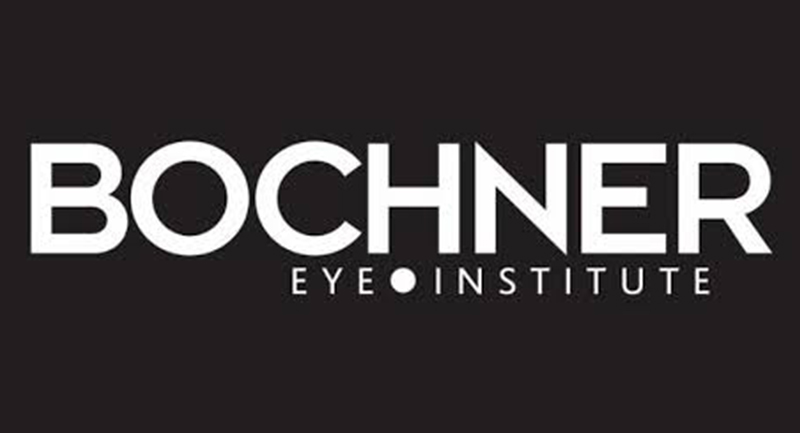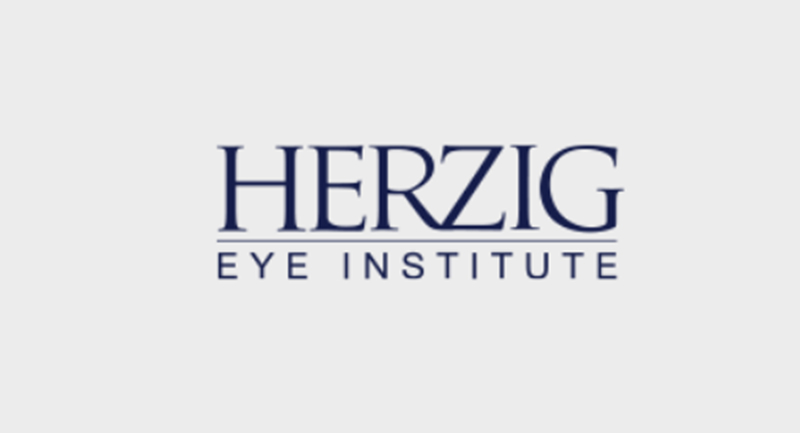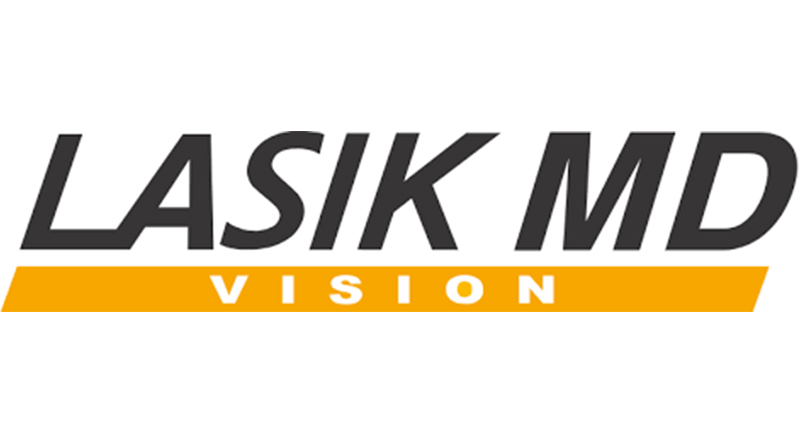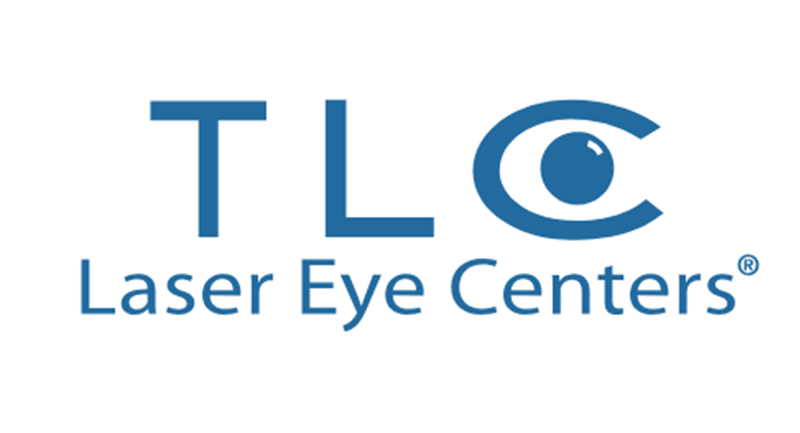LASIK & REFRACTIVE Surgery
For centuries, glasses were used to correct vision errors. Then contact lenses came around and released people from wearing glasses for a clear vision. Thanks to technological advances, LASIK surgeries have now become a reliable alternative to improving eye vision for millions of people, and reducing their dependency on eyewear. This quick, safe and effective procedure is a good alternative for many who wear eyeglasses or contact lenses.
At our eye clinics in Brampton and Mississauga, we have managed patients undergoing laser vision correction for more than 20 years. We have affiliations with all the major Lasik centres in the Brampton, Mississauga and GTA area.
Amongst them are TLC, LasikMD, Bochner Eye Institute, and Herzig Eye Institute.




What is laser eye surgery?
LASIK is a precise surgical procedure that reshapes the cornea to provide a clear vision. Laser eye surgery treats refractive errors, which are the most common forms of visual problems. These eye conditions involve issues with the cornea’s shape that makes it difficult to see at certain distances: the most common refractive error is nearsightedness (Myopia). Others include farsightedness (Hyperopia), astigmatism, and presbyopia (age-related farsightedness).
LASIK, PRK, and SMILE are different types of laser surgeries that reshape the cornea and correct refractive errors. Which operation is considered best, depends on the patients’ eye condition (such as farsightedness, nearsightedness, and astigmatism).
It only takes between 20-50 seconds to correct your vision with the laser. However, you should expect to spend 1-2 hours in the clinic on the day of your surgery.
Difference between LASIK, PRK and SMILE
- LASIK surgery involves a microkeratome or a femtosecond laser, used to create a thin corneal flap from the corneal tissue. The laser removes tissues from the middle layer and reshapes the cornea. The procedure can repair nearsightedness (Myopia) and farsightedness (Hyperopia) – usually a result of the eye being too long or short – as well as astigmatism, a result of a misshapen cornea. The procedure takes about 10-15 minutes per eye.
- PRK surgery is a laser vision correction that removes the cornea’s surface layer and reshapes the corneal bed with the laser. People with corneas too thin to safely form a corneal flap used in LASIK are typically good candidates for this surgery. This procedure corrects nearsightedness (Myopia), farsightedness (Hyperopia), and astigmatism. The healing period is a little longer than with the LASIK surgery. However, it’s equally safe and takes less than five minutes per eye where patients can experience mild discomfort.
- SMILE surgery is a newer type of laser refractive surgery based on LASIK. It involves the femtosecond laser that creates a small, lens-shaped tissue or lenticule in the cornea. This procedure is less invasive than LASIK because it does not require creating a flap in the cornea to reshape it. The procedure also carries less a risk of scarring on the cornea or the corneal flap detaching from the eye. The healing time is about the same as LASIK, but this surgery includes a lower risk of dry eye as a side effect. SMILE treats nearsightedness (Myopia) and can benefit people with nearsightedness and thin corneas. The procedure takes about 10-15 minutes.
Who is most suitable for laser eye surgery?
If you have a healthy eye and have had stable vision for the past 12-months, you are likely to be suitable for laser eye surgery.
However, patients need to fulfil the following criteria to be considered:
- You must be over 20 years old
- You need to have moderate farsightedness or astigmatism (LASIK can treat even severe cases of nearsightedness)
- Your eyes need to be healthy and your vision stable for the past 12-months
- You must have an adequate corneal thickness
- You can’t have eye injuries or infection
- You can’t be pregnant or nursing
How long does it take to recover from laser eye surgery?
After a LASIK procedure, you can usually return home after a few hours. Someone will have to drive you home after the surgery though. You are allowed to drive again after your eye doctor confirms your vision meets the legal standards the following day.
It’s normal to feel a temporary burning or itching sensation in your eyes immediately following the surgery. Your vision will be blurry and hazy until the next morning, but continue to improve and stabilize within a few days. Most people can return to work the following day; however, recovery differentiates between people, and some will need a lengthier recovery.
You should avoid activities such as heavy lifting, exercise, and dusty environment for at least a week after the surgery.
You will have regular follow-up exams with your surgeon or eye doctor. At our eye clinics in Brampton, Mississauga, we typically offer a follow-up after:
- 1 day
- 1 week
- 1 month
- 3 months
- 6 months
- 12 months
Is LASER VISION CORRECTION the right choice for you?
The best way to find out if your eyes are suitable for a laser vision correction is with a laser eye surgery consultation. It includes a comprehensive eye examwhere we evaluate the shape and thickness of your cornea, pupil size, and refractive errors. This is to ensure your eyes are healthy and advise you on which procedure is right for you.
Our eye doctors are passionate about ensuring every patient honest and professional guidance. During the consultation, we make sure you will have plenty of chances to ask questions.
You can schedule an appointment for a laser vision correction consultation at our locations in Brampton and Mississauga.





